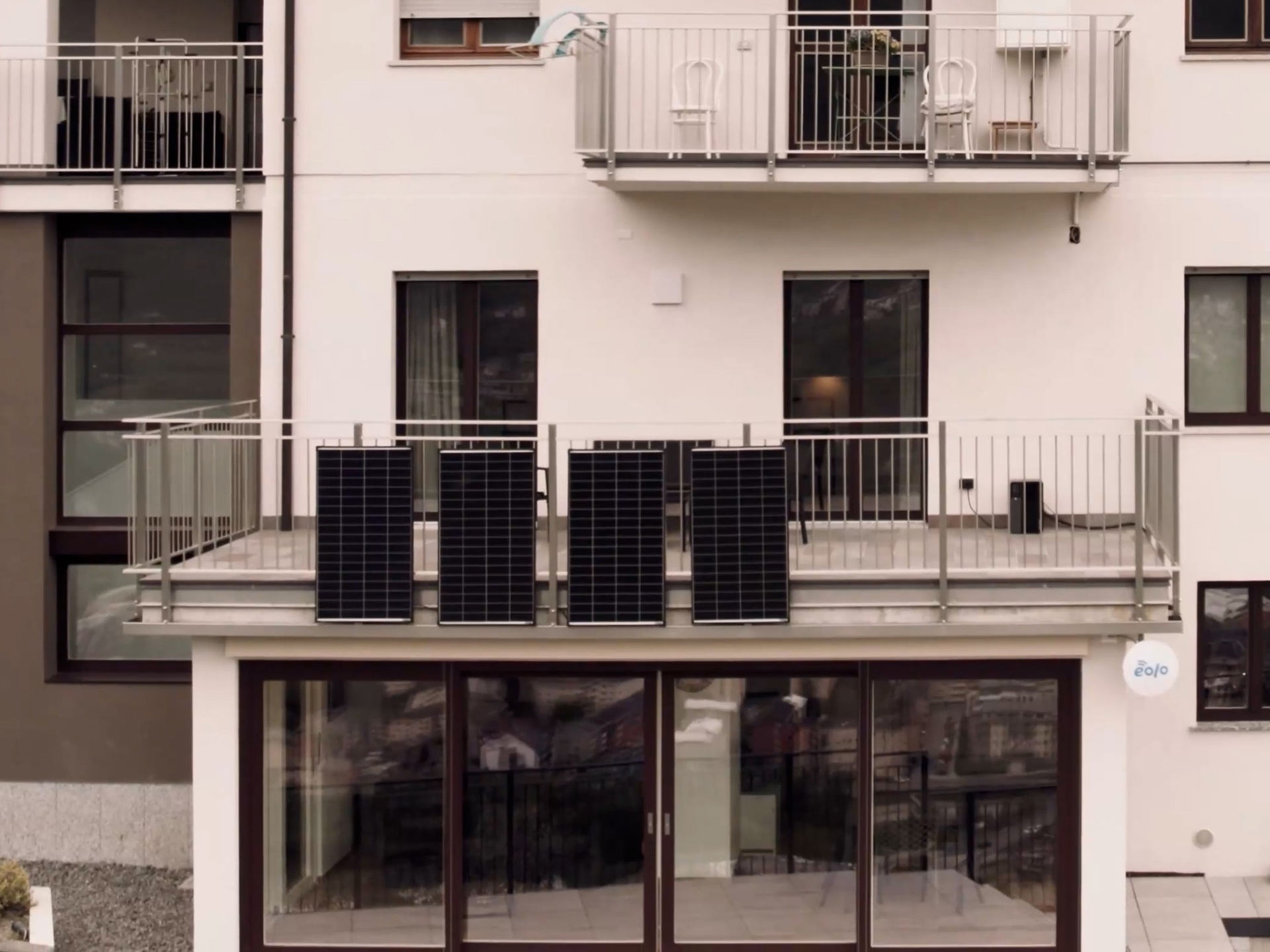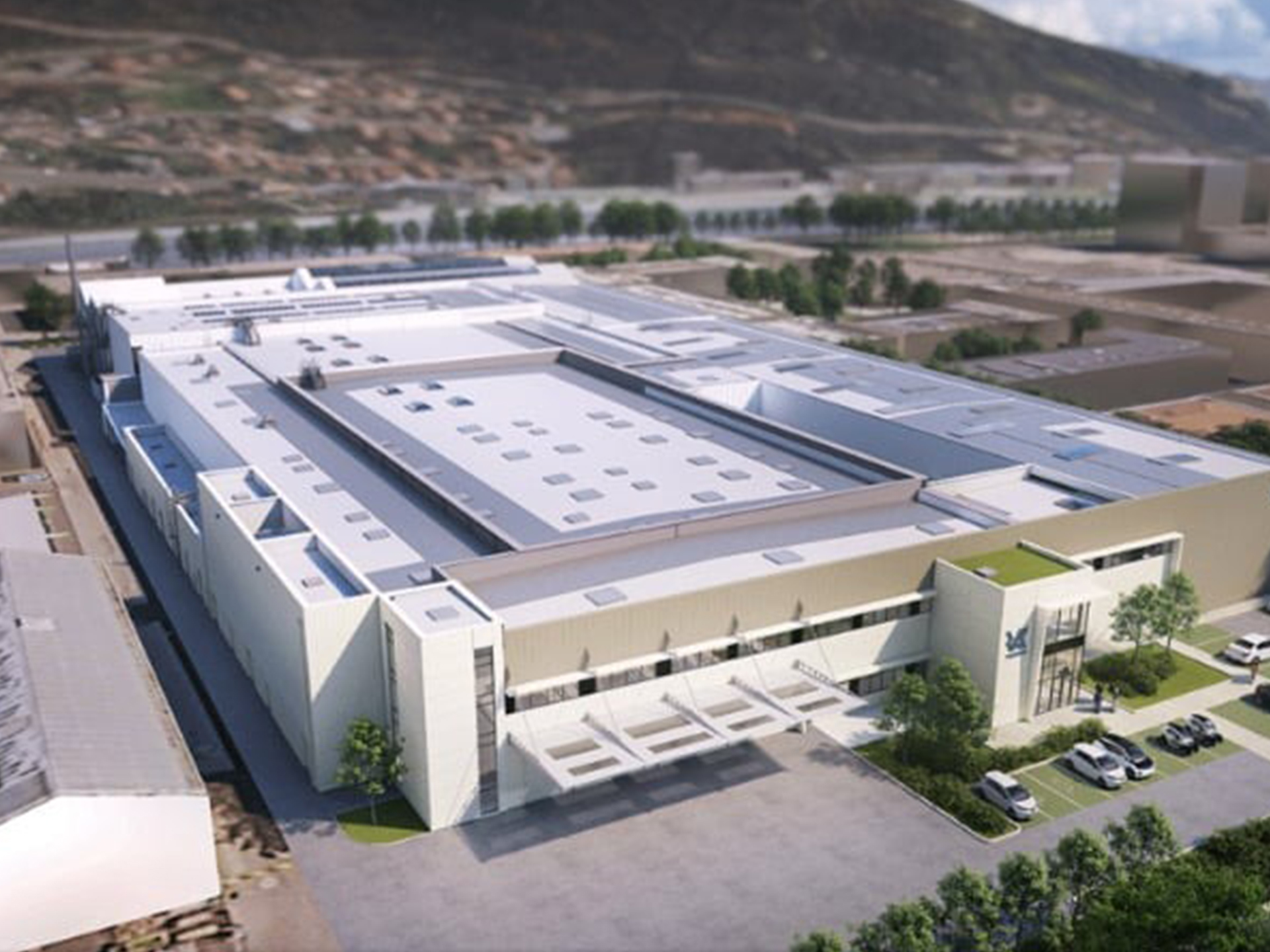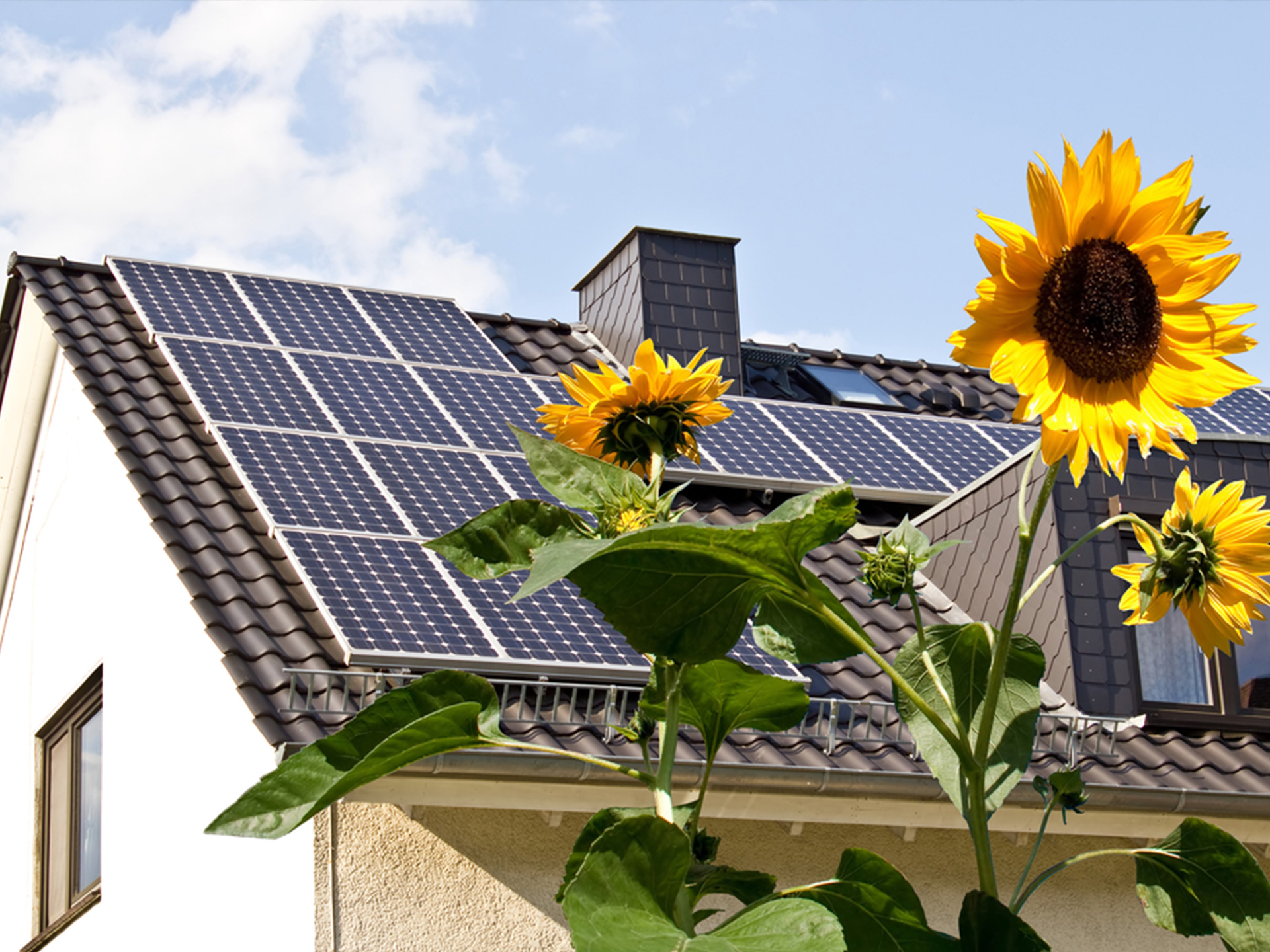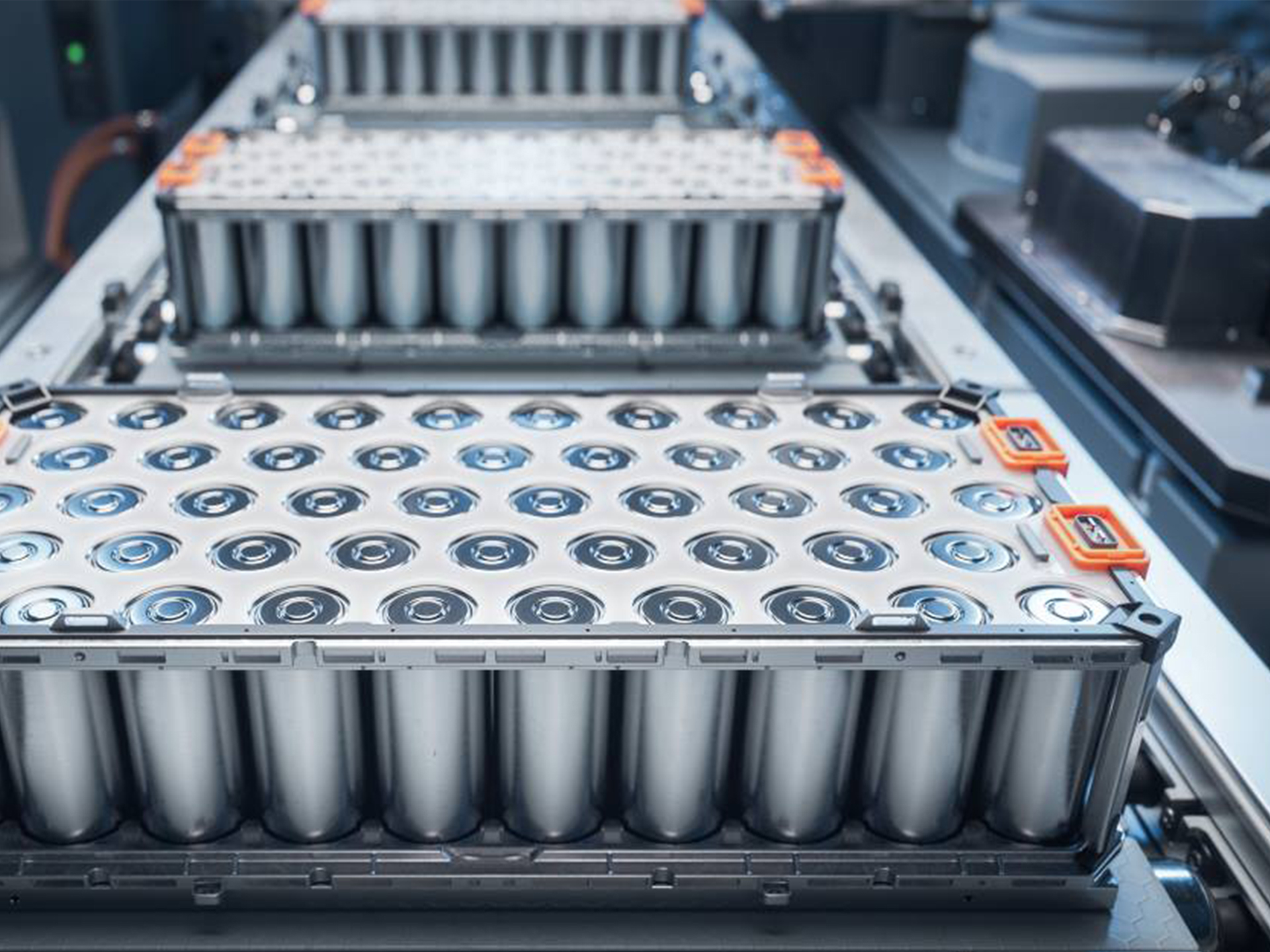
Significant steps have been taken in the adoption of energy storage technologies in Rhode Island and Alaska, the smallest and largest US states by land area, respectively. Rhode Island has become the 11th US state with a policy target for the deployment of energy storage with the signing of a new law by Governor Daniel McKee.
View More
According to the website of the Austrian Federal Council, Austria passed a new law on July 11th that benefits the installation of balcony photovoltaics. The new law will be officially implemented from September 1st.

The European Council has formally adopted the EU’s support package for its clean energy manufacturing industry, the Net-Zero Industry Act (NZIA), amidst mixed fortunes for local battery gigafactory projects.

In a historic first for California, renewable energy has supplied 100% of the state’s energy demand for 25 out of the last 32 days — and counting. Each day for the last month or so, the state’s grid has been powered completely by renewables from periods of time ranging from 15 minutes to six hours.

More than $90 billion in battery technology investments have been announced nationwide in 2023, spurring an estimated 70,000 jobs and breathing new life into US manufacturing. These state-of-the-art manufacturing facilities are forming what has come to be known as the “Battery Belt”—a geographic cluster of manufacturers that is rapidly establishing a new, ever-expanding domestic cleantech supply chain.

The power storage device composed of power storage elements and the grid access device composed of power electronic devices become the two major parts of the power storage system. The power storage device mainly realizes the storage, release or fast power exchange of power. The power grid access device realizes the bidirectional transfer and conversion of power between the power storage device and the power grid, It also realizes functions such as power peak regulation, energy optimization, improving power supply reliability and power system stability.